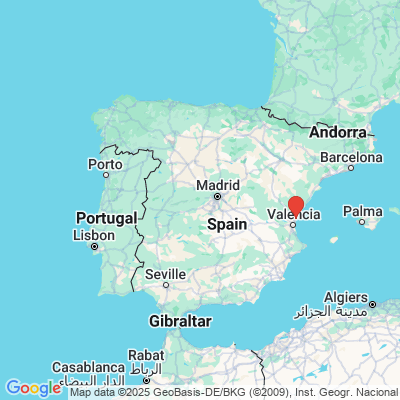Marble relief from the 2nd or 3rd century AD, found in Sagunto (Spain).
Sagunto, a historic town in eastern Spain, played a crucial role in the Second Punic War and later became a thriving Roman city. Among its many archaeological finds, one stands out: a marble relief depicting a boat and a hippopotamus, discovered in the Plaza de la Moreria excavations.
The relief, dated to the 2nd–3rd century CE, shows a boat with a square sail, a bearded figure onboard, and a hippopotamus in the water. Though Roman in style, it has strong Egyptian influences—suggesting a fascination with Nilotic (Nile-inspired) themes. The boat resembles Egyptian papyrus vessels, and the hippopotamus, a powerful symbol in Egyptian culture, could reference mythological or decorative motifs.
Carved from Buixcarró marble, a local material, the relief was probably made for a Sagunto resident, while other scholars suggest it was part of a decorative frieze or panel, possibly linked to a temple of Hercules, given the hero’s mythical connection to the city. Originally, it may have been brightly painted and displayed in a public space or an elite home.
While its exact meaning remains uncertain, the relief highlights Sagunto’s blend of Roman, Greek, and Egyptian artistic influences, revealing the city’s rich cultural connections within the empire.


